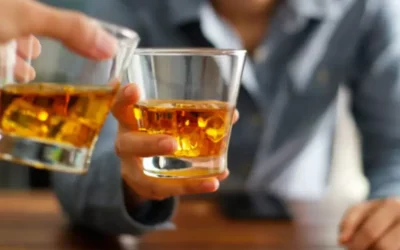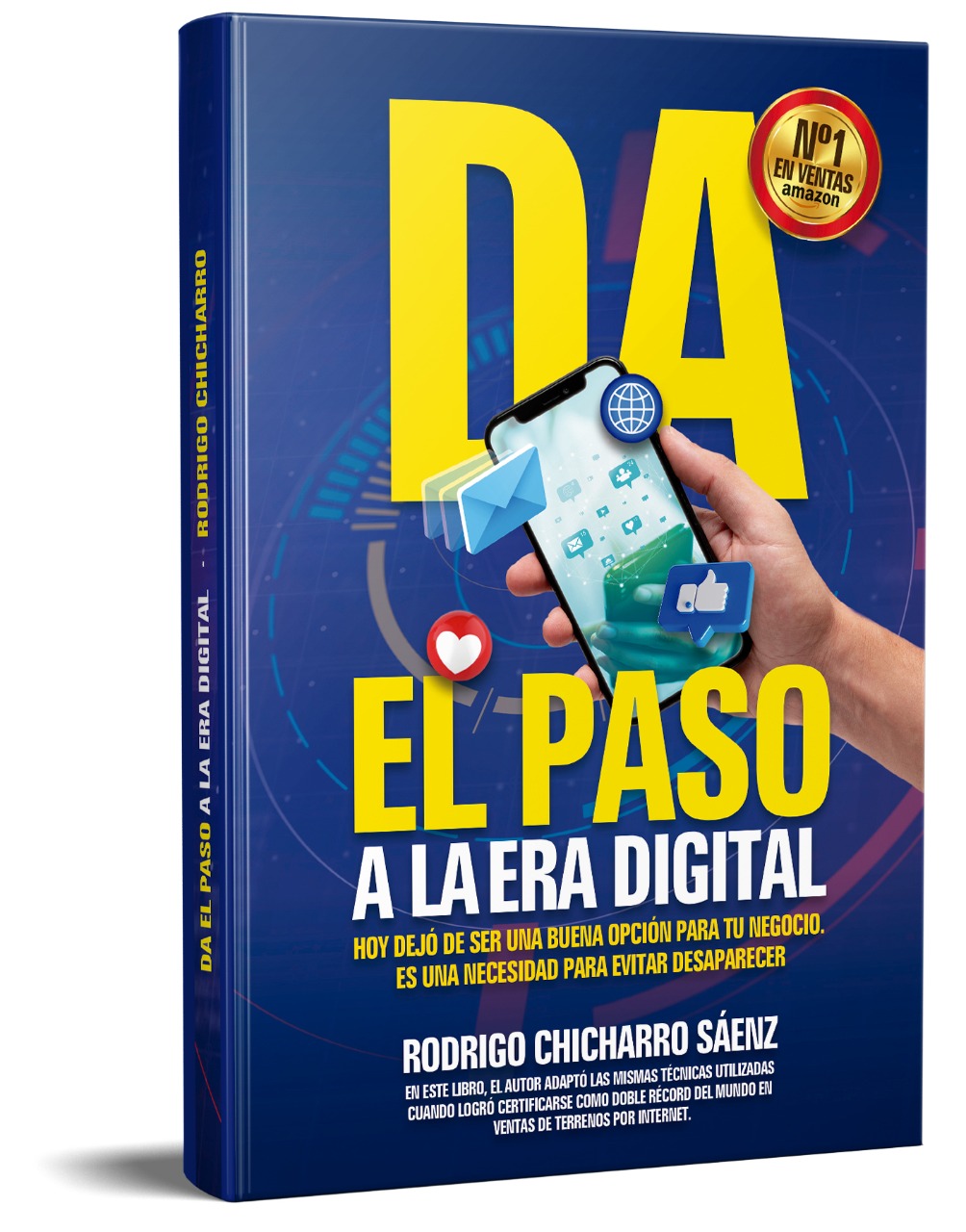Content
Alerted by occasional mentions in the press, starting with a piece in Business Week in 2005, they began to contact him directly. When, after two years of attempting to work within the medical system, Ameisen decided to go round it and wrote The End of My Addiction, published in France as Le Dernier Verre (The Last Glass), this process accelerated. Small groups of addicts using high-dose baclofen began to spring up around doctors who adopted Ameisen’s ideas. Caring for a person who has problems with alcohol can be very stressful. It is important that as you try to help your loved one, you find a way to take care of yourself as well.
- When you have alcohol use disorder, just thinking about alcohol triggers a pleasurable response in the brain.
- Offer your support along each step of the recovery journey.
- If the drinker is unable to resolve alcohol problems fully, a psychologist can help with reducing alcohol use and minimizing problems.
- You aren’t to blame for your loved one’s drinking problem and you can’t make them change.
- Small sample sizes limit the power of some of the conclusions, but a large 1-year randomized controlled trial ‘COMBINE’ (Anton et al. 2006) appears to support the thesis.
It’s not extraordinary that, despite all his efforts and his obvious intelligence and commitment, Dr Ameisen failed to overcome his addiction. Because that is, according to all other schools of thought, simply impossible. In addition to choosing the type of treatment that’s best for you, you’ll also have to decide if that treatment is inpatient (you would stay at a facility) or outpatient (you stay in your home during treatment).
An Ongoing Process
The author suggests that it has not become more widely used because naltrexone is now off-patent, and there has not been a pharmaceutical company’s investment in further trials or marketing. Make a note about how you feel physically and mentally on these days—recognizing the benefits may help you to cut down for good. That said, Dr William Bucknam, the can alcoholism be cured addiction psychiatrist in Ann Arbor, Michigan, who picked up Ameisen’s method, counts cocaine addicts, smokers and binge eaters among the 50 he treats. Research shows that most people who have alcohol problems are able to reduce their drinking or quit entirely. Join the thousands of people that have called a treatment provider for rehab information.
- This means they can be especially helpful to individuals at risk for relapse to drinking.
- Ideally, health professionals would be able to identify which AUD treatment is most effective for each person.
- You’re likely to start by seeing your primary health care provider.
- They may even be able to prescribe medication to help you quit.
- Even after admitting you have a drinking problem, you may make excuses and drag your feet.
- But the prospects for successful long-term problem resolution are good for people who seek help from appropriate sources.
Mutual-support groups provide peer support for stopping or reducing drinking. Group meetings are available in most communities at low or no cost, and at convenient times and locations—including an increasing presence online. This means they can be especially helpful to individuals at risk for relapse to drinking. Combined with medications and behavioral treatment provided by health care professionals, mutual-support groups can offer a valuable added layer of support. If your loved one is suffering from alcoholism, try to exercise patience while also making time to practice your own self-care. Like any chronic disease, recovering from alcoholism can take time and may not always be a smooth road.
More in Addiction
In comparison, men should drink no more than fourteen drinks in a week. If any person, regardless of gender, finds themselves drinking every day it could be a problem. As said before, research shows that more than one-third of alcoholics recover within the first year. So, when it comes to what percentage of alcoholics recover, it’s 36%. This percentage increases as recovering alcoholics maintain their sobriety or a low level of drinking. “It can be 30- to 60-day abstinence rates, fewer heavy-drinking days, cutting back on total number of drinks, or even fewer [alcohol-related] ER visits.”

Are you ready to quit drinking or cut down to healthier levels? These tips can help you get started on the road to recovery. To learn more about alcohol treatment options and search for quality care near you, please visit the NIAAA Alcohol Treatment Navigator. Health care professionals use criteria from the Diagnostic and Statistical Manual of Mental Disorders, Fifth Edition (DSM-5), to assess whether a person has AUD and to determine the severity, if the disorder is present. Severity is based on the number of criteria a person meets based on their symptoms—mild (2–3 criteria), moderate (4–5 criteria), or severe (6 or more criteria). Evaluate the coverage in your health insurance plan to determine how much of the costs your insurance will cover and how much you will have to pay.
How can I prevent alcohol use disorder?
It’s a disease of brain function and requires medical and psychological treatments to control it. Millions of readers rely on HelpGuide.org for free, evidence-based resources to understand and navigate mental health challenges. Please donate today to help us save, support, and change lives. Make meetings a priority – Join a recovery support group, such as Alcoholics Anonymous (AA), and attend meetings regularly. Spending time with people who understand exactly what you’re going through can be very healing.
Recovering from alcohol addiction or heavy drinking is not a quick and easy process. In general, the longer and more intense the alcohol use, the longer and more intense the treatment you’ll need. But regardless of the treatment program’s length in weeks or months, long-term follow-up care is crucial to your recovery. Alcoholics Anonymous (AA) and other 12-step programs provide peer support for people quitting or cutting back on their drinking. Combined with treatment led by health professionals, mutual-support groups can offer a valuable added layer of support.
Avoiding drinking triggers
The medicines are usually taken once people have stopped drinking to help keep them from starting to drink again. It’s not that there is much argument over how baclofen might work. “What baclofen does is stimulate the GABA-B receptors, and you see the release of dopamine and glutamate is slowed, so the reward system is normalised,” says Ameisen. It is even widely accepted that baclofen in low doses treats withdrawal from alcoholism, though no more effectively than several other medications. Because AUD can be a chronic relapsing disease, persistence is key. It is rare that someone would go to treatment once and then never drink again.
- Make it clear that drinking will not be allowed in your home and that you may not be able to attend events where alcohol is being served.
- Alcohol-related problems—which result from drinking too much, too fast, or too often—are among the most significant public health issues in the United States.
- EMDR is a type of psychotherapy, or talk therapy, that uses external stimuli to aid recovery.
- Alcohol use disorder (AUD) is a medical condition that doctors diagnose when a patient’s drinking causes distress or harm.
- Alcohol use disorder is a medical condition involving frequent or heavy alcohol use.
